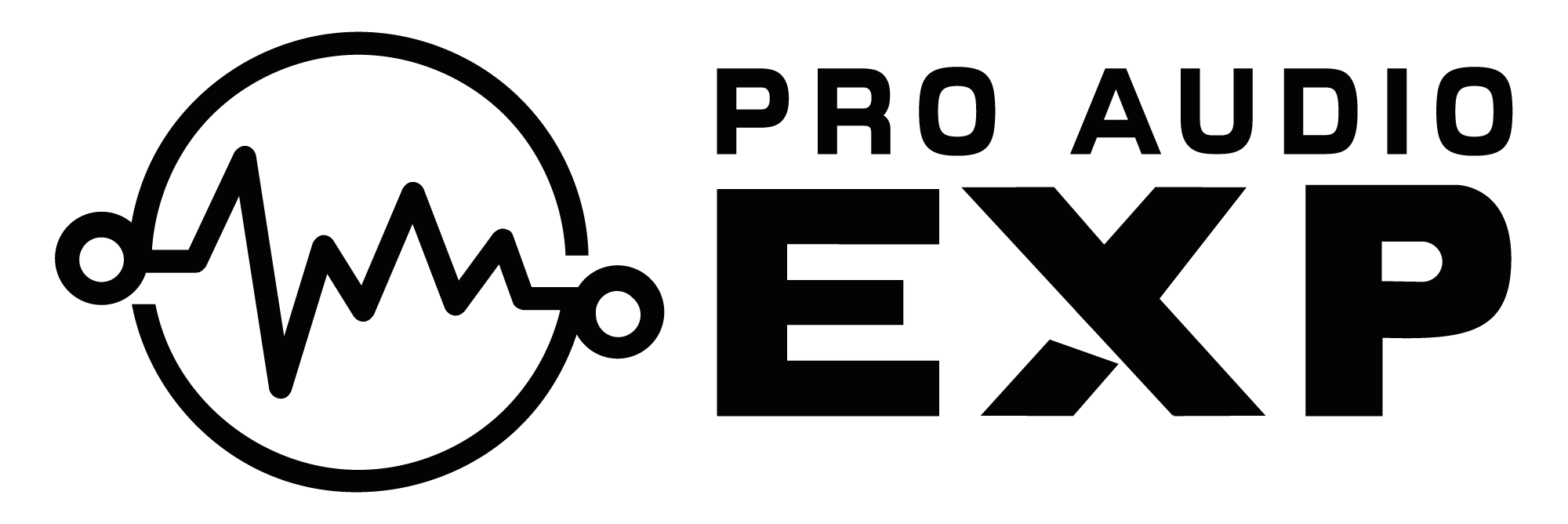How to Use my Free EQ Chart & Cheat Sheet
THE BACKGROUND
So, you’ve downloaded my FREE EQ CHEAT SHEET and you’re looking at all the numbers. What do they mean and how do you use them to get a rockin’ mix? Glad you asked ;)
Sound is Air Waves!
OK...the first thing you need to come to grips with is that sound is just a series of waves or fluctuations in air pressure. We measure those waves per second or Hertz/Hz (named after the car rental company ;)You pluck an open A string on a guitar and it vibrates at exactly 110 times a second (or 110Hz) and those vibrations move our ear drum in sympathy with those sound ways and we perceive it as an A on the musical scale.
The faster the string vibrates, the higher the pitch. In fact every time you go up an octave, the frequencies double. So an A above the open A string (at the 12th fret) on a guitar is 220Hz and the octave above that is 440Hz like the little tuning forks we all used before there was an app for that ;)
What's the Range of Human Hearing?
Audible sound (that we are able to hear as humans) is spread across a spectrum of around 20 Hz to about 20kHz. In reality the top end quite often doesn’t go out that high especially as you get older but for our purposes, let use the standard 20Hz to 20kHz range.
So...What Does EQ Do?
EQ is a way to bump up or turn down certain frequency ranges that you want accentuate or hide respectively. To make your stuff sound good.I could make the analogy that it’s not unlike how we make clothing decisions to accentuate or hide certain body parts. (I don’t wear horizontal stripe T-shirts cause I look chubby!) However, someone who’s been working out who wants to accentuate their wide chest might love putting on a horizontal striped T-shirt.There’s no one way to dress because everyone like to show off or hide their certain body parts. In the same way, there’s no ONE way to EQ because each instrument has feature and flaws that we want to show off or hide.And THAT…is what the EQ cheat sheet is all about. Let's look at an example.
Acoustic Guitar (82 – 1200Hz)
This shows that the FUNDAMENTAL frequencies of an Acoustic Guitar go from 82Hz which is the low E string, up to about 1200Hz or 1.2kHz. There are overtones and harmonics that go much higher up that contribute to the overall sonic character of the guitar.
The notes for the Acoustic Guitar say the following…
Bottom (80-100Hz)
Boxiness (200Hz)
Bite (2-4kHz)
Sheen (8-10kHz)
Now for the most part, we could say that 3 of these 4 frequency neighborhoods are positive and one is negative.
In other words, most folks wouldn’t say “Man, I absolutely LOVE that boxiness in that Acoustic Guitar track”. They would more likely say “Hey, let’s add a little Bottom and Bite, and kill some of the Boxiness”.
I’m not saying that this is what I would do for every Acoustic Guitar track, I’m just guiding you into the main areas of concern so that you can hear what happens when you add just a few dB of their frequency neighborhood to each instrument you have.
So all that’s left for you to do is to take each instrument and play with these frequency ranges gently boosting and cutting the points that I have highlighted.They are not written in stone and certain instruments will vary but they are a good starting point.
Let me know how they work for you!
To your success! Your mate...David
